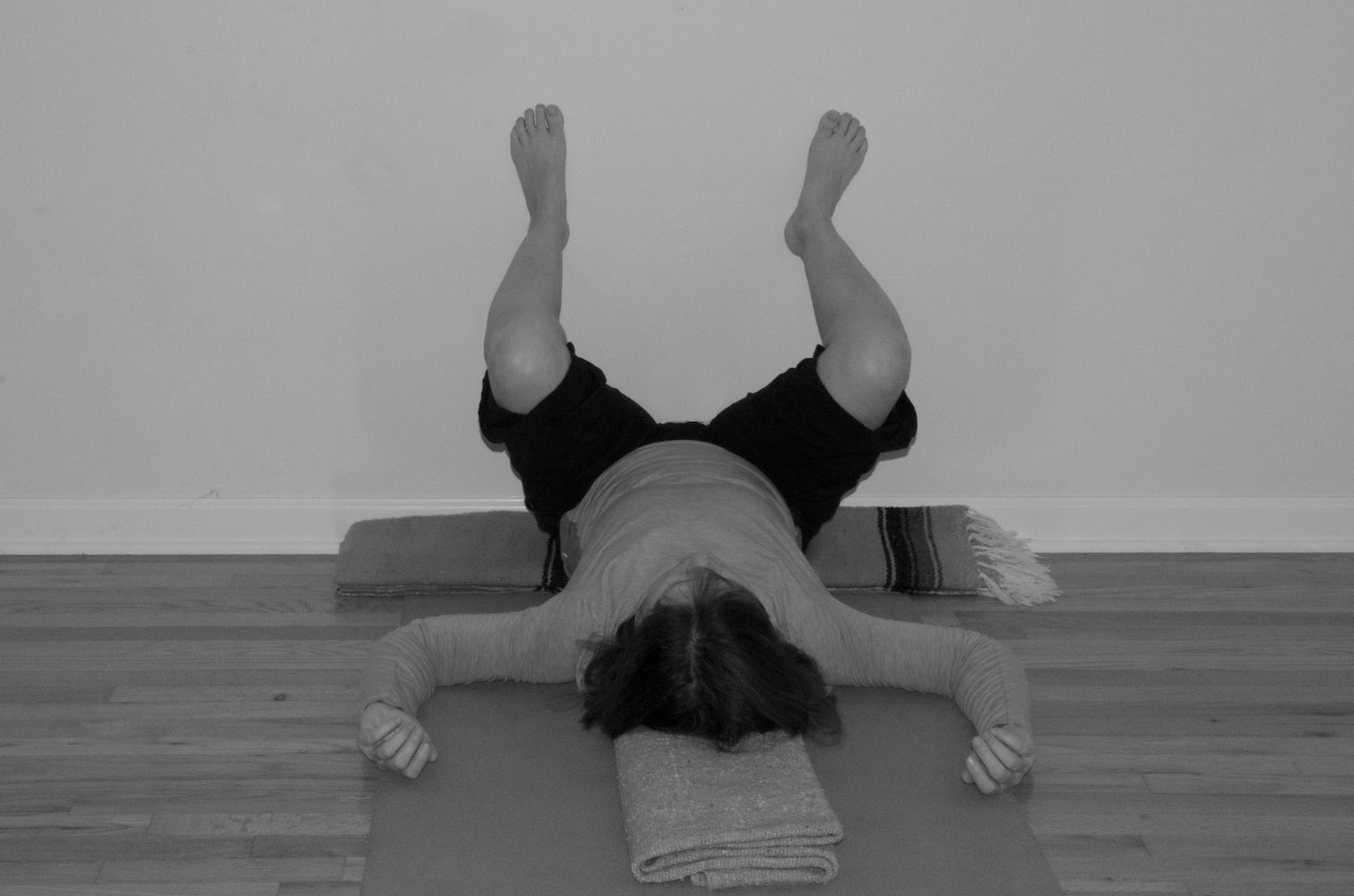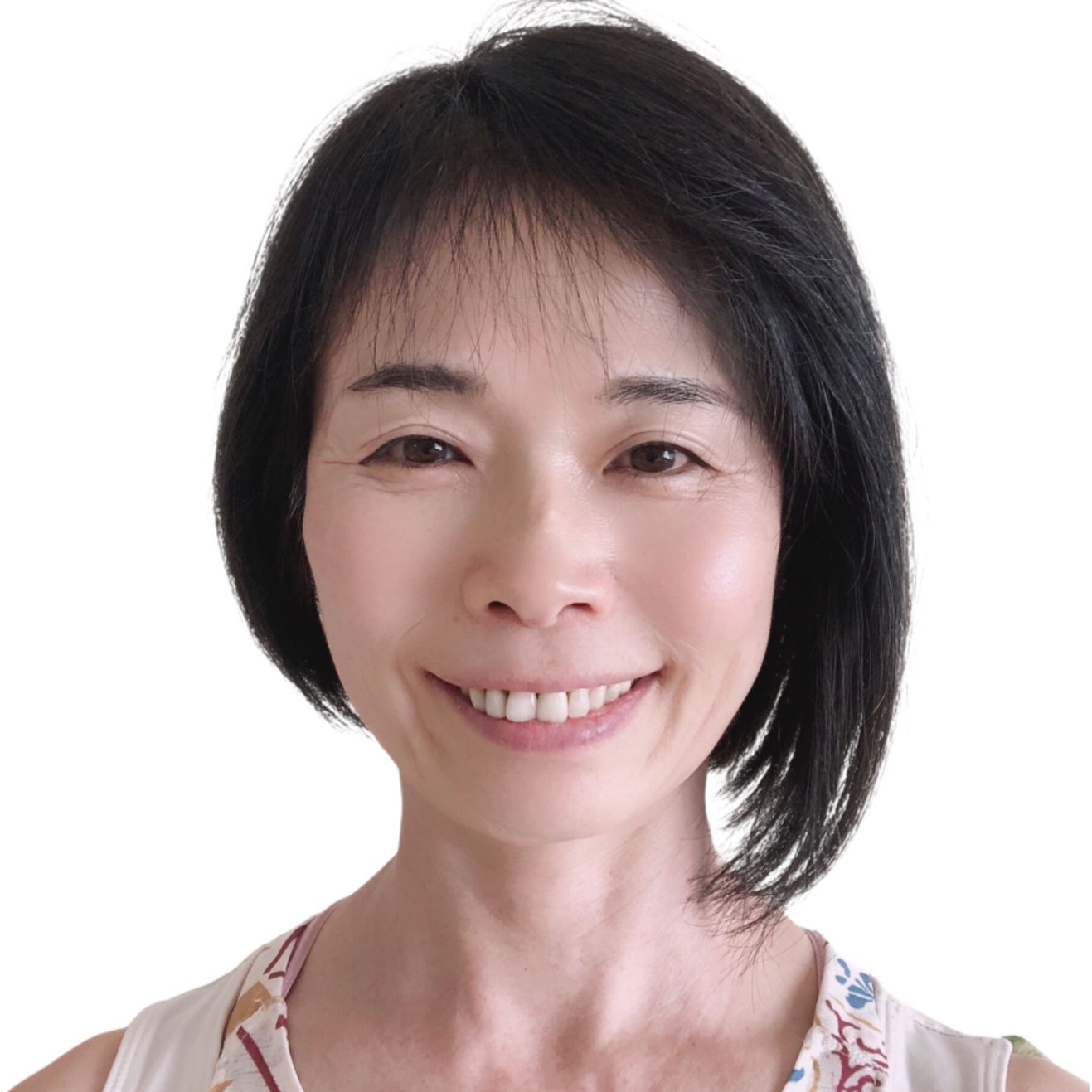There are times in my life when I do #YogaEveryDamnDay, and then there are times I let my yoga be other things. For me, being out in the quiet, largeness of nature enables me to tap into a complete presence of mind and body. So, when I read recently that forest bathing was a real “thing” in Japan, I felt both intrigued and validated.
Developed in Japan in the 1980s, shinrin-yoku is the Japanese practice of “forest bathing,” or “taking in the forest.” Backed by a robust body of evidence, being outside in nature (specifically the canopy of a living forest) has been associated with improved mood, immune system, and parasympathetic function, as well as reductions in stress hormones. According to research highlighted in Dr. Quin Li’s book, Forest Bathing: How Trees Can Help you Find Health and Happiness, the plants in a living forest emit a particular scent known as a phytoncide that protects them from critters. The experiments conducted by Dr. Li tested the impact of this scent on immune cells, stress hormones, blood pressure, and heart rate, showing positive improvements across the board.
Living in the larger world of “nature therapy,” or “ecotherapy,” forest bathing retains a perspective and approach much like that of a yoga practice. First and foremost is the idea that shinrin-yoku is a practice, a commitment to showing up regularly with an open mind can lead to richer, more satisfying experiences. According to the Association of Natural Forest Therapy, “A meaningful relationship with nature occurs over time, and is deepened by returning again and again throughout natural cycles of the seasons.”
Whether you’re looking for a new way to reduce stress, to further develop a mindfulness practice, or just feel drawn to the outdoors, here are some of the more common recommendations for those interested in embarking upon a shinrin-yoku practice:
- Ditch the devices: Don’t try to “gram” this experience. Much like a yoga class, leave your phone in your car or turn it off while you practice.
- Find the nature that inspires you: Find a place where you can connect with your surroundings and feel comfortable – start there.
- Identify the impact to your senses: Align your senses with your environment. Take time to touch, smell, look, and listen deeply. According to Dr. Li, “Shinrin-yoku is like a bridge. By opening our senses, it bridges the gap between us and the natural world.”
- Slow down: You aren’t trying to get anywhere, achieve anything, or “work out” here. You are here to tune in and connect to the pulse of the natural world.
- Connect to a community or guide: Shinrin-yoku-based events, trainings, and communities are all around. Here are a couple communities local to the Bay Area:
- Forest Bathing Club: This club started in San Francisco and hosts regular walks in the bay area and majestic national landscapes.
- ANFT has a great interactive map that highlights numerous guides in the U.S., Europe, and a smattering of other countries.
If all else fails, find someone else who loves being outside and craft a practice together. It can be helpful to chat beforehand to agree on the parameters (speed, silence vs. discussion, stopping points, etc.). If you are seeking more guidance, structure, and depth, check out Dr. Li’s Book on Forest Bathing and see where it takes you!
















